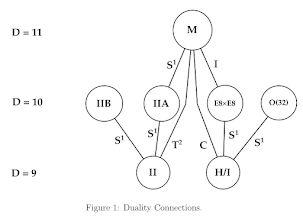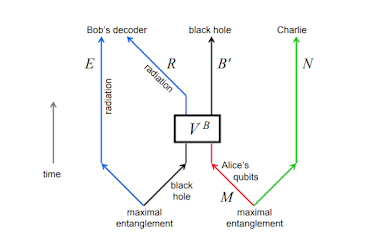Let us take a look at Yoneda Lemma, which might be the most trivial yet the hardest part of Category theory (and algebraic geometry). I would not be drawing any commutative diagrams.
Latest Post
The Quill 27 ~ Tannaka Duality, Affine Group Schemes and Hopf Algebra
As I believe, one of the most significant developments in mathematics has been the study of dualities. There are many standard ones, like Hi...
Search
Recent Posts
Archives
- Dec 2025 (1)
- Nov 2025 (1)
- Oct 2025 (1)
- Sep 2025 (2)
- Aug 2025 (2)
- Jul 2025 (2)
- Jun 2025 (2)
- May 2025 (2)
- Apr 2025 (2)
- Mar 2025 (2)
- Feb 2025 (2)
- Jan 2025 (3)
- Dec 2024 (1)
- Nov 2024 (2)
- Oct 2024 (1)
- Sep 2024 (1)
- Aug 2024 (1)
- Jul 2024 (2)
- Jun 2024 (1)
- May 2024 (1)
- Apr 2024 (3)
- Feb 2024 (3)
- Jan 2024 (1)
- Oct 2023 (2)
- Aug 2023 (1)
- May 2023 (1)
- Apr 2023 (2)
- Dec 2022 (1)
- Oct 2022 (1)
- Sep 2022 (1)
- Aug 2022 (1)
- Jun 2022 (1)
- Apr 2022 (1)
- Mar 2022 (2)
- Feb 2022 (1)
- Jan 2022 (3)
- Dec 2021 (1)
- Nov 2021 (2)
- Oct 2021 (4)
- Sep 2021 (3)
- Jul 2021 (2)
- Jun 2021 (3)
- May 2021 (5)
- Apr 2021 (3)
- Mar 2021 (2)
- Feb 2021 (1)
- Jan 2021 (2)
- Dec 2020 (1)
About
I am an undergraduate student in theoretical physics and mathematics. The intention of this web blog is to share what I learn in theoretical physics and mathematics.
Aayush Verma
कल खेल में हम हों न हों
गर्दिश में तारे रहेंगे सदा...
गर्दिश में तारे रहेंगे सदा...










